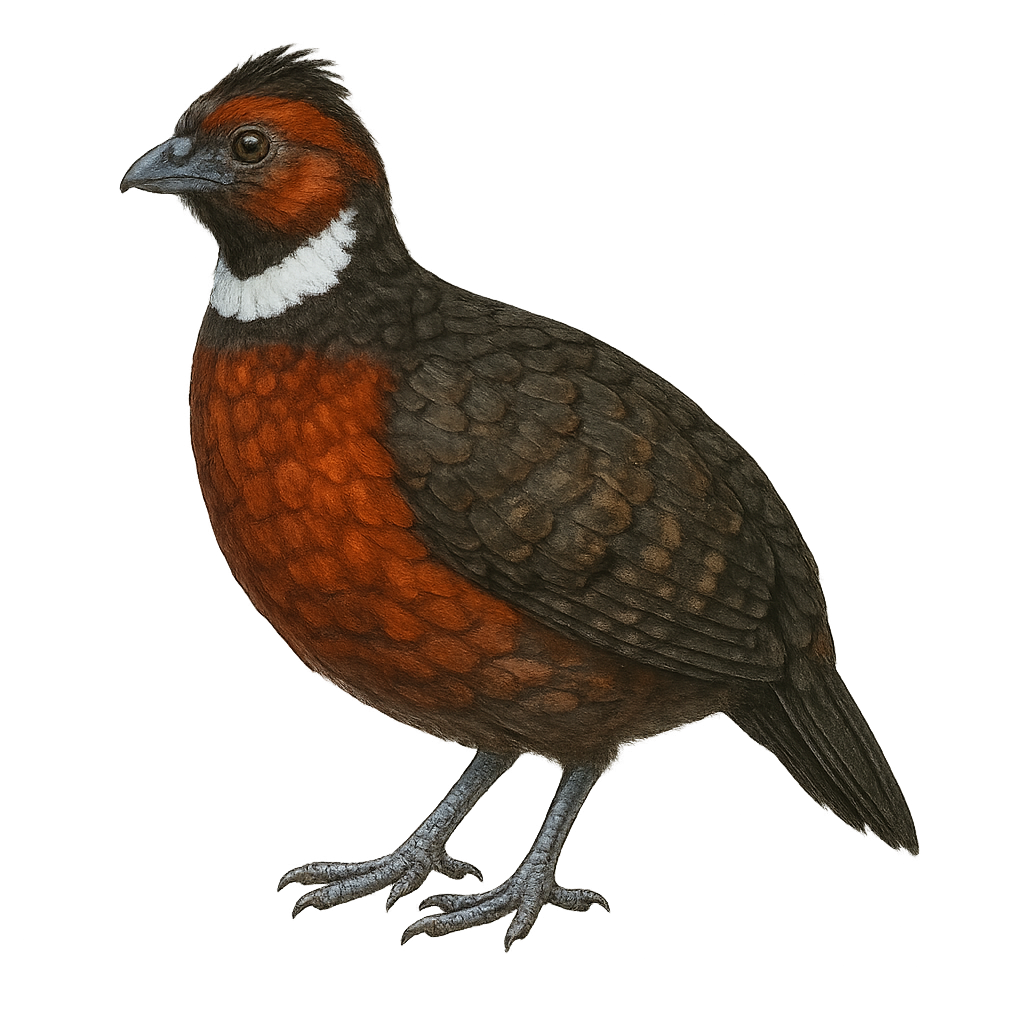Your wildlife photography guide.
Explore the red-fronted wood-quail in detail, study its behavior, prepare your shots.
Where to observe and photograph the red-fronted wood-quail in the wild
Learn where and when to spot the red-fronted wood-quail in the wild, how to identify the species based on distinctive features, and what natural environments it inhabits. The WildlifePhotographer app offers tailored photography tips that reflect the red-fronted wood-quail’s behavior, helping you capture better wildlife images. Explore the full species profile for key information including description, habitat, active periods, and approach techniques.
Red-fronted Wood-Quail
Scientific name: Odontophorus erythrops

IUCN Status: Near Threatened
Family: ODONTOPHORIDAE
Group: Birds
Sensitivity to human approach: Suspicious
Minimum approach distance: 10 m
Courtship display: March to May
Incubation: 22-24 jours
Hatchings: March to June
Habitat:
Humid forests, dense undergrowth, forest edges
Activity period :
Primarily active during the day, with peak activity in the morning and late afternoon.
Identification and description:
The Red-fronted Wood-Quail, scientifically known as Odontophorus erythrops, is a medium-sized terrestrial bird found primarily in the humid forests of the Andes. It is characterized by its dark brown plumage with scaly patterns and a distinctive red patch on its forehead. This bird is more often heard than seen, as it prefers to hide in dense vegetation. It feeds mainly on seeds, fruits, and insects found by scratching the forest floor. The Red-fronted Wood-Quail is monogamous and forms stable pairs. Its elusive nature and challenging habitat make it a difficult subject for birdwatchers and photographers.
Recommended lens:
400 mm – adjust based on distance, desired framing (portrait or habitat), and approach conditions.
Photography tips:
To photograph the Red-fronted Wood-Quail, it's essential to blend into the environment and remain silent. Use a telephoto lens of at least 400mm to capture detailed images from a distance. Patience is crucial, as this bird is suspicious and often hides in dense vegetation. Opt for early morning hours to benefit from soft light and increased bird activity.
The WildlifePhotographer App is coming soon!
Be the first to explore the best nature spots, track rutting seasons, log your observations, and observe more wildlife.
Already 1 439 wildlife lovers subscribed worldwide

